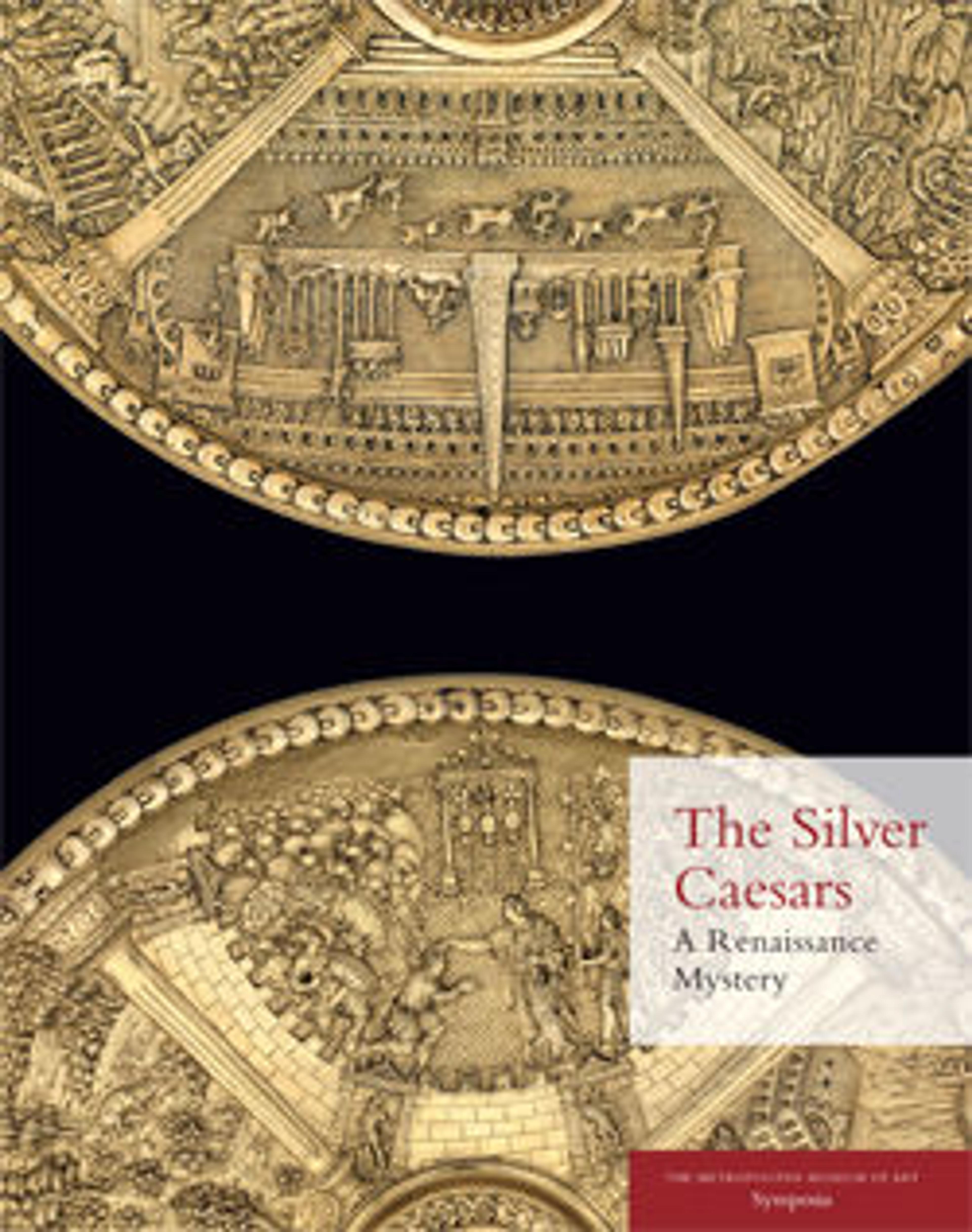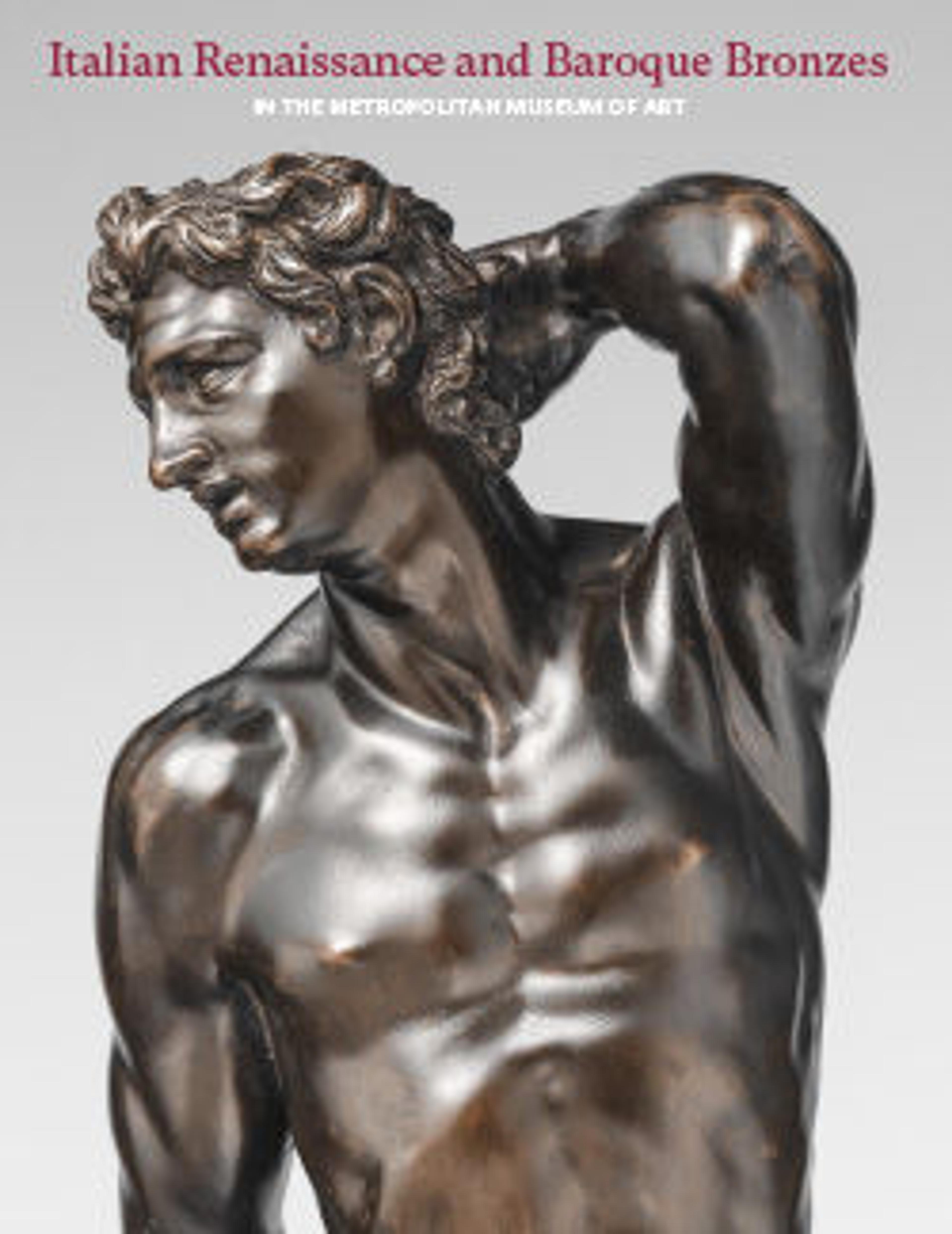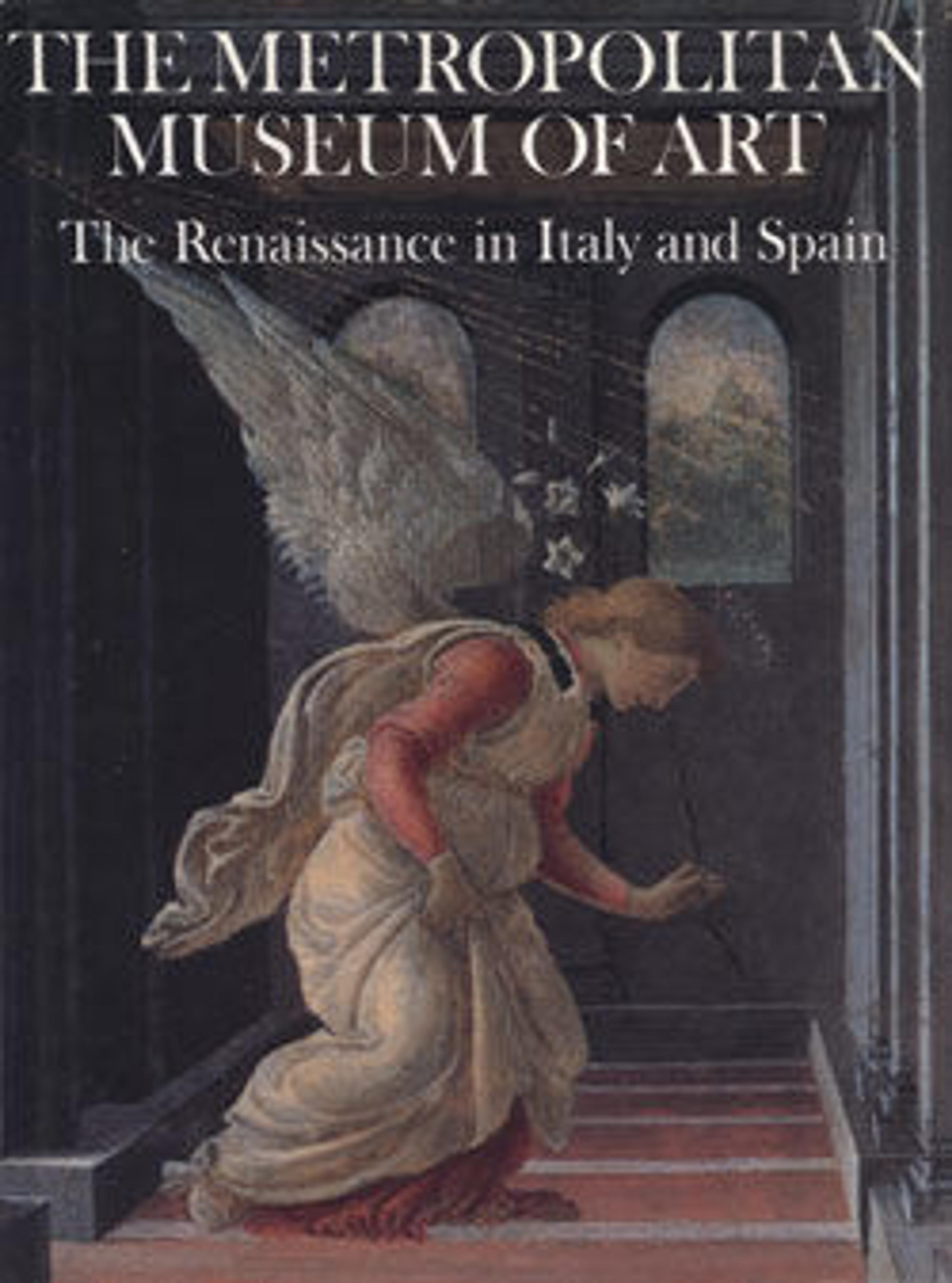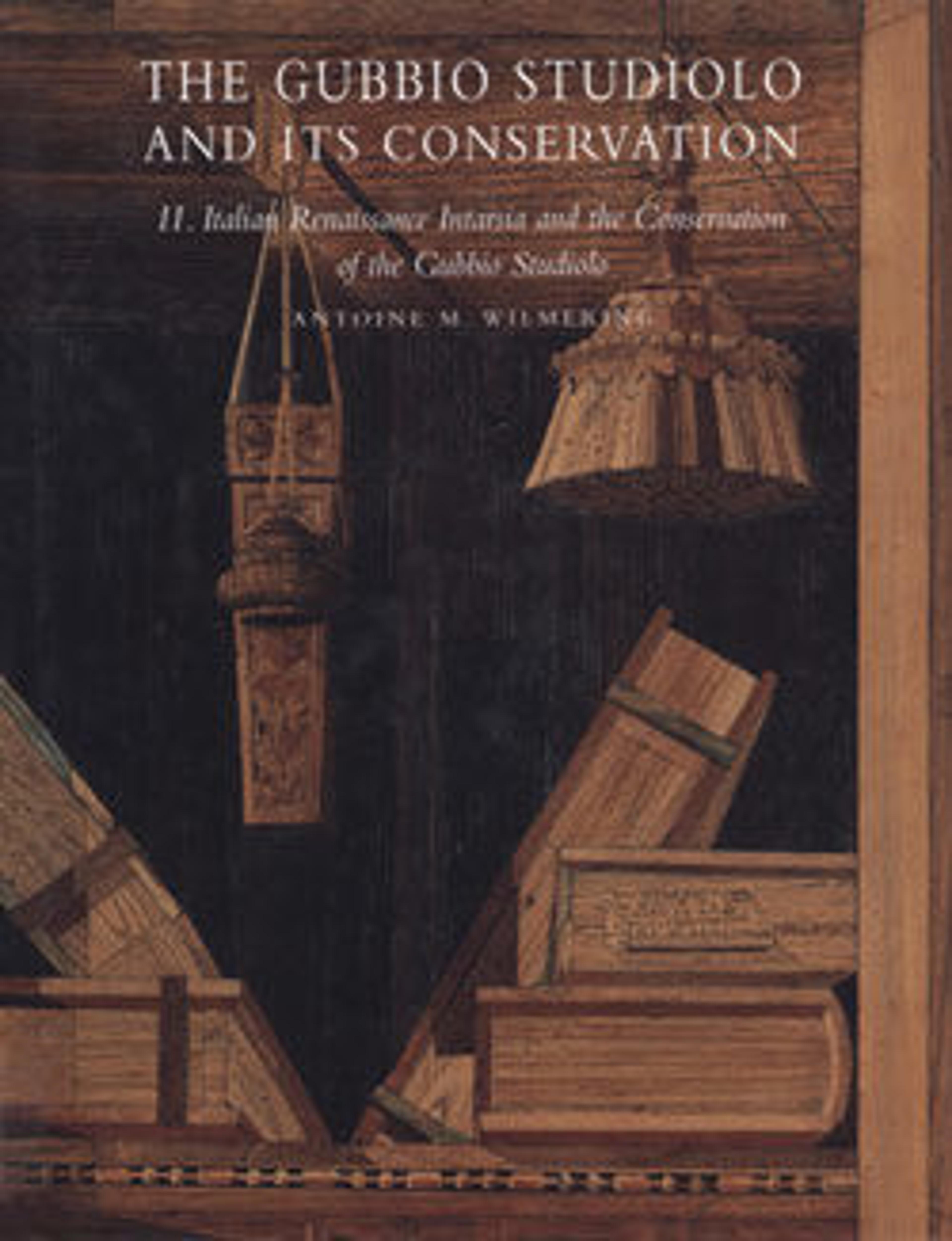

Maiolica: Italian Renaissance Ceramics in The Metropolitan Museum of Art
The form of tin-glazed earthenware known as maiolica reveals much about the culture and spirit of Renaissance Italy. Engagingly decorative, often spectacularly colorful, sometimes whimsical or frankly bawdy, these magnificent objects, which were generally made for use rather than simple ornamentation, present a fascinating glimpse into the realities of daily life. Though not as well known as Renaissance painting and sculpture, maiolica is also prized by collectors and amateurs of the decorative arts the world over.
This volume offers highlights of the world-class collection of maiolica at the Metropolitan Museum. It presents 135 masterpieces that reflect more than four hundred years of exquisite artistry, ranging from early pieces from Pesaro—including an eight-figure group of the Lamentation, the largest, most ambitious piece of sculpture produced in a Renaissance maiolica workshop—to everyday objects such as albarelli (pharmacy jars), bella donna plates, and humorous genre scenes. Each piece has been newly photographed for this volume, and each is presented with a full discussion, provenance, exhibition history, publication history, notes on form and glaze, and condition report.
Two essays by Timothy Wilson, widely considered the foremost scholar in the field, provide overviews of the history and technique of maiolica as well as an account of the formation of The Met's collection. Also featured is a wide-ranging introduction by Luke Syson that examines how the function of an object governed the visual and compositional choices made by the pottery painter. As the latest volume in The Met's series of decorative arts highlights, Maiolica is an invaluable resource for scholars and collectors as well as an absorbing general introduction to a multifaceted subject.
Met Art in Publication
You May Also Like
Press the down key to skip to the last item.
Citation
Wilson, Timothy, and Luke Syson. 2016. Maiolica: Italian Renaissance Ceramics in the Metropolitan Museum of Art. Highlights of the Collection. New York: The Metropolitan Museum of Art.




